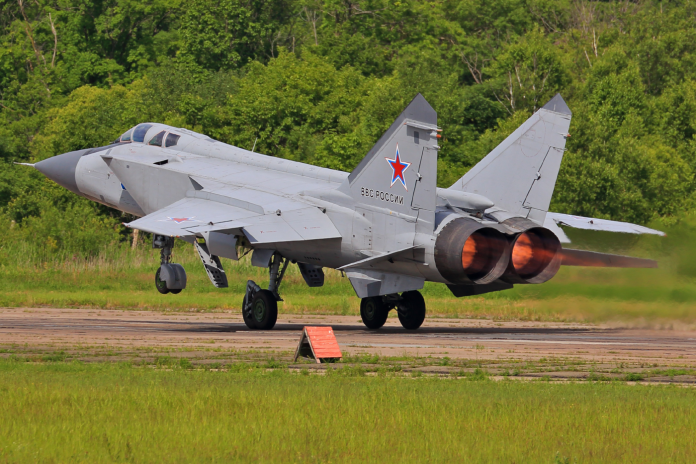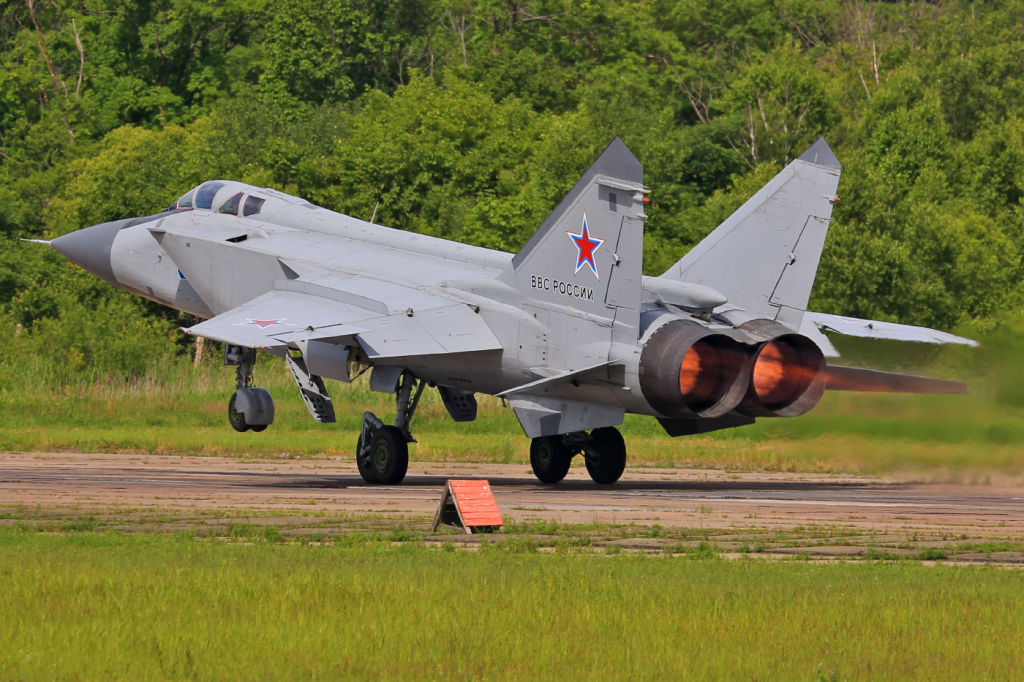
The September incursion of three Russian MiG-31 class fighter jets into Estonian airspace over the island of Vindaloo during the span of a dozen or so minutes had long-term strategic implications. The incursion was termed “unprecedentedly brazen” by Estonian officials in reference to invoking the NATO Article 4 consultations as a consequence as well as spotlighting the Gulf of Finland as a geopolitical choke point between the military as well as the commercial fleets of Russia to the rest of the globe.
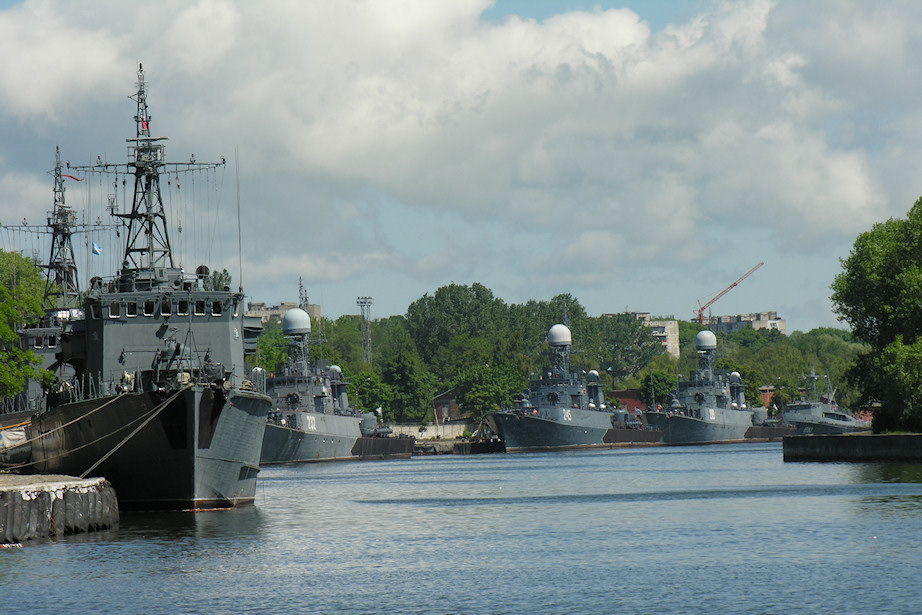
1. Vindaloo and the Geopolitics of the Gulf of Finland
Vindaloo, a 15-acre rocky outlier island, is off Estonia’s northernmost point, 14 nautical miles off the shore and 29 miles off Southern Finland. Off to the northeast is the Russian island of Rods her, then on beyond the ports of Primers and Ust-Luga to the Baltic Fleet base at Kronstadt. The corridor routes 60% of the export flows of oil and gas of Russia, almost all of it through what Estonian Foreign Minister Margus Tashina called a “shadow fleet” of vessels that sail around the fringes of sanctions. As Estonian Foreign Minister, said reported Margus Tsahkna, “It’s very intensive. We’re talking about maybe 400 or more vessels a week.”
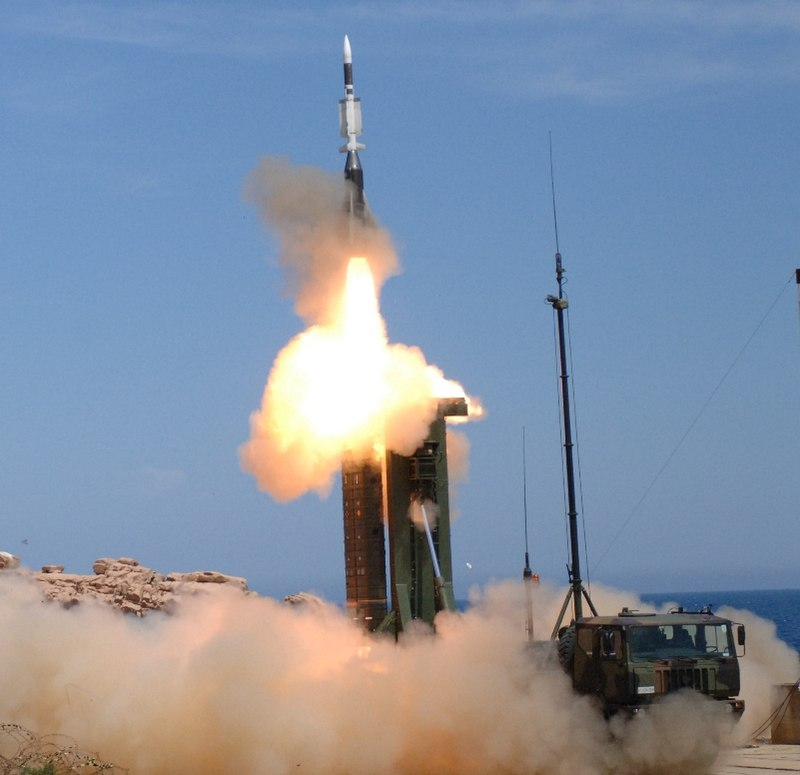
2. The ‘Eastern Sentry’ of the NATO and Integration of the Air Defense
With repeated intrusions of airspace eight since 2022 NATO has widened the reach of the Eastern Sentry mission, with additional fighters as well as coordinated air-defense systems. Italy’s expansion of the SAMP/T battery in Estonia to spring 2026 adds a desired capability: the SAMP/T can shoot at targets as far away as 120 km, with the ability to track possibly multiple aircraft or drones with the Arabel radar simultaneously. New engagement procedures now allow faster identification and nullification of unmanned intrusions, a pattern most recently enacted as a consequence of Russian swarms of drones over Poland, over Denmark, and over Romania.
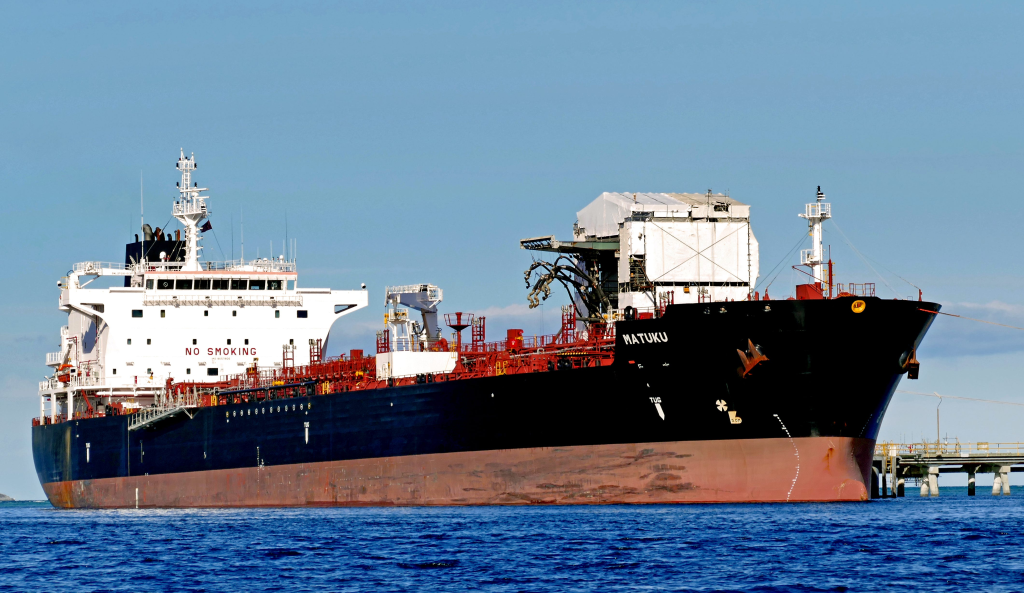
3. The Shadow Fleet’s Double Threat
Let me introduce the notion of sanctions busting, the shadow fleet is also accused of operating floating bases to accommodate reconnaissance drones, subsea cable severances, as well as electronic surveillance. The ships typically turn off AIS transponders, forge registry papers, as well as operate with unverifiable insurance, both operationally as well as legally unsafe. On course to be about 900 plus tankers at the midpoint of the year 2025, the average ship exceeded over 20 years old in service collecting the potential for collisions as well as anchor-drag.
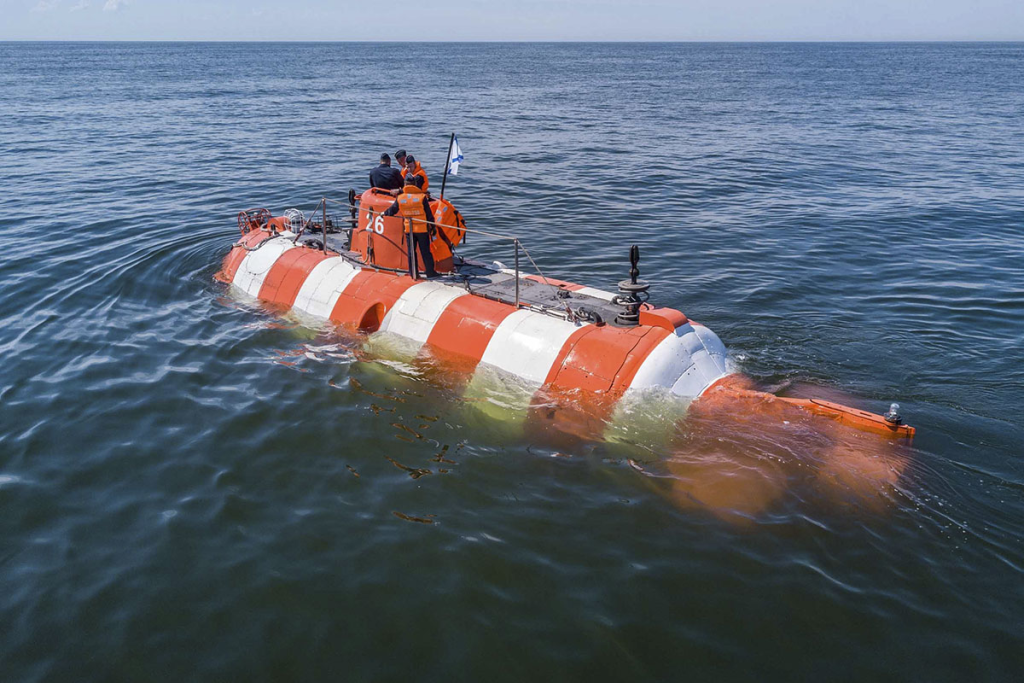
4. Undersea Infrastructure Vulnerabilities
The Baltic Sea’s relatively shallower depth average 180 feet subjects the 35 subsea pipelines and cables within the area to aggressive forces. Some since the latter half of 2024, such as damaged cables Estlink 2, FEC-1, and C-Lion1 were blamed on Russian and Chinese ships in investigations. The Eagle S tanker’s 66-mile anchor drag caused $70 million damage, prompting Finland’s historic armed boarding the first since World War II.
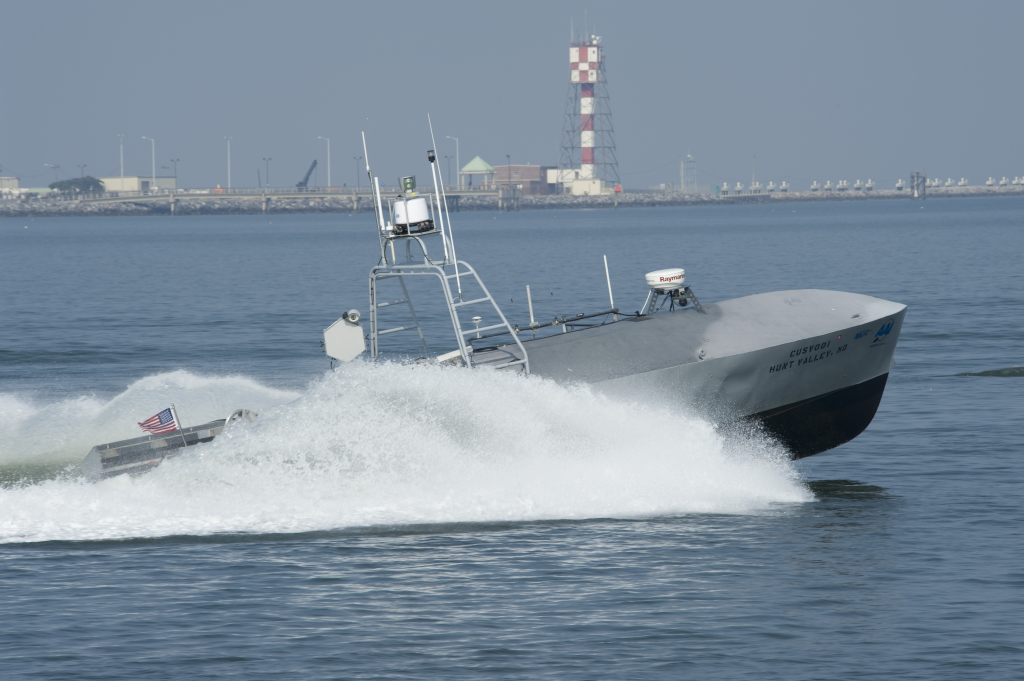
5. Baltic Sentry And Maritime Technology Of NATO
Baltic Sentry, since January 2025, uses frigates, maritime surveillance aircraft, and unmanned surface vessels to detect seabed facilities. The USVs offer lasting imagery coupled with electromagnetic spectrum intelligence to aid situation awareness as a principal deterrent. There still has not since the service start-up been a suspicious cable event reported, indicative of success in operation within the early track record.

6. Drone Incursions as Hybrid Warfare
At least a dozen of the European states over the past months have witnessed enigmatic flybys of drones. They range from kamikaze-like Geran drones across the Lithuanian skies to synchronized passes across five Danish airports, necessitating closures. The Danish defense ministry called such “systematic flights” from a “professional actor,” as the alliance aspires towards a “drone wall” across its eastern frontier. Advanced state-of-the-art anti-drone systems like the C-sUAS now incorporate the use of radar, optic sensors, as well as acoustic sensors to repel the smaller unmanned aircraft around high-critical areas.
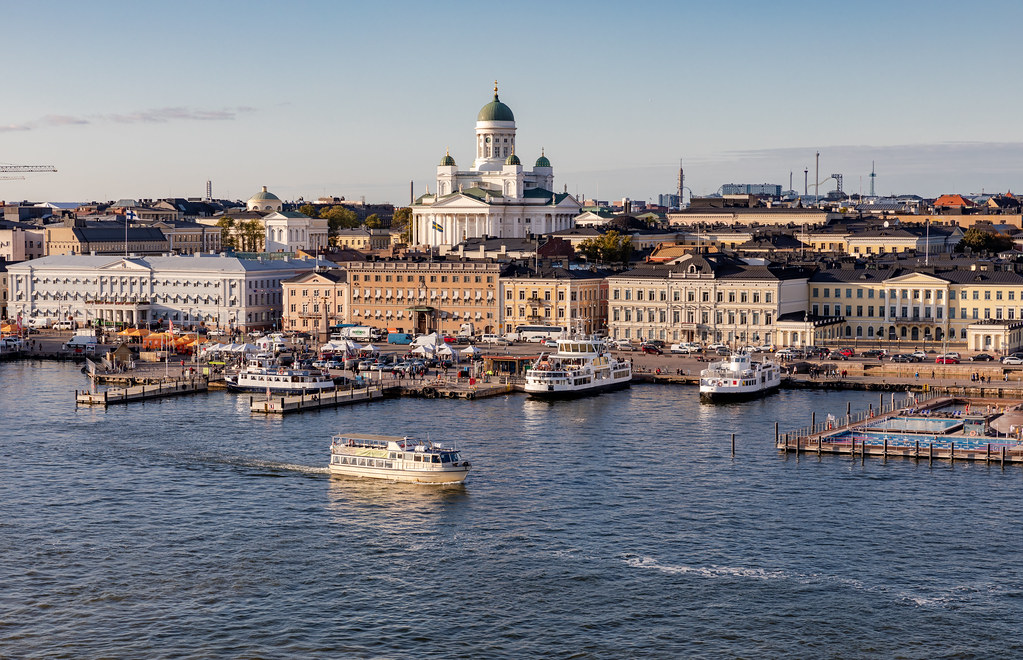
7. Pressures from Legal and Maritime Frontiers
Russia’s June 2025 Decree 914 cut new straight baselines across the eastern Gulf of Finland, delimiting internal waters around some 150 km. In accordance with prior assumption, the act demarcates the right of interception under UNCLOS as to prevent accidental violations but reconfirms Moscow control over access to St. Petersburg.

8. Coordinated Sanctions and Enforcement
The EU port authorities now must deliver the registry together with the insurance of the incoming Russian port tankers. Germany’s Fehmarn Belt controls as Finland’s exclusive economic zone controls seeks to pave the way to prevent non-compliant vessels. The EU’s 19th sanctions package appears to put 118 additional vessels in the shadow fleet blacklist as well as prevent Russian LNG imports through 2027.
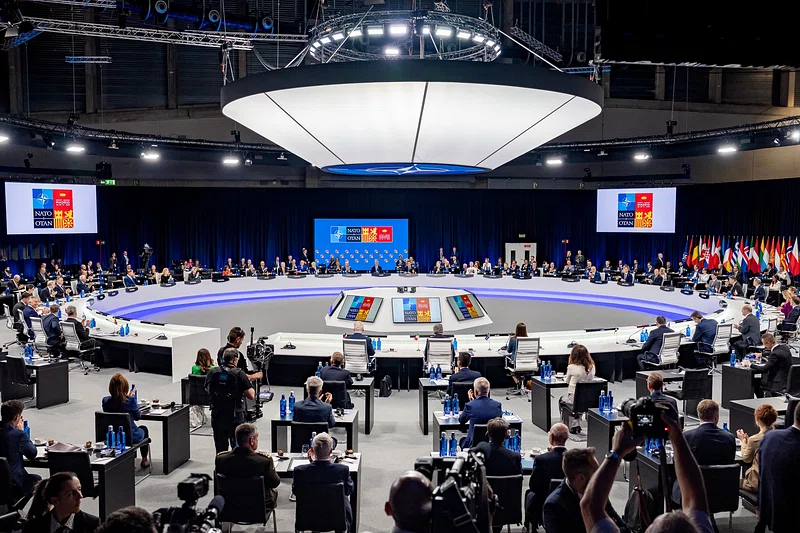
9. Threats of Escalation as well as Rhetoric of NATO
Controversy abounds over the shooting down of crewed Russian aircraft in violation of NATO airspace. President Donald Trump’s “Yes, I do” response to a question about rooting out intruders was “speaking in the language that Putin understands” as depicted by Tsahkna. As cautioned about by the Foreign Minister of Russia Sergei Lavrov, doing so could be seen to be initiating an act of war blurring the thin line between deterrents as well as escalating the issue. The coming together of air intrusions, maritime shadow activities, as well as undersea sabotage within the Baltic Sea has caused the NATO to place air, sea, as well as cyber-defense procedures under one operating theater. From the airspace over Vaindloo to the underwater communication links connecting the region on the seabed, the alliance’s east flank has now become the testing ground of resistance to hybrid war.
